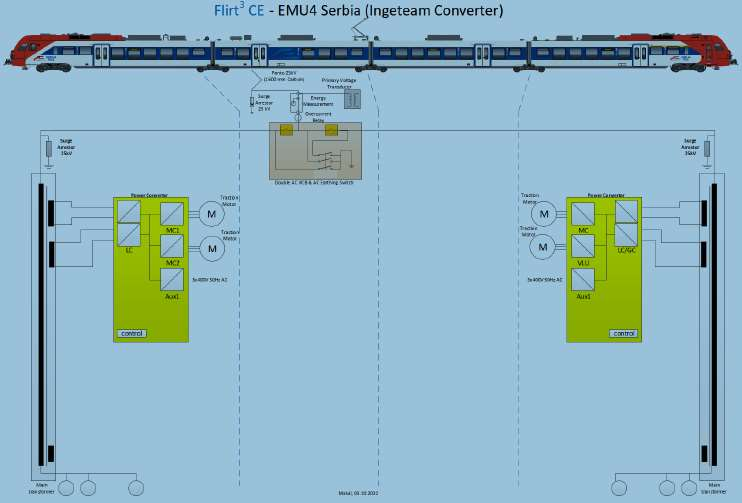Analysis of spiral plate heat exchanger used to cool vegetable oil with nanofluid consisting of water and non-spherical boehmite alumina nanoparticles
Abstract
The objective is to use dimensionless analysis through the thermal efficiency method to determine the thermohydraulic performance of a spiral plate heat exchanger (SPHE) used to cool sunflower oil. The coolant consists of water as a base fluid and non-spherical Boehmite Alumina nanoparticles with a defined volume fraction. The concept of thermal efficiency for heat exchangers is used to determine the main quantities used in the analysis. Graphical results are presented for the number of thermal units (NTU), thermal efficiency, thermal effectiveness, hot fluid outlet temperature, thermal and viscous irreversibilities, and Bejan number. The analyzed heat exchanger provides excellent thermal performance for refrigerants consisting of water and non-spherical nanoparticles in platelets or cylindrical, with a volume fraction equal to 12%. Viscous dissipation significantly increases concerning the dissipation associated with pure water, but the cost-benefit is within reason for the proposed objective, within the flow rate under analysis.
References
[1]Shirazi AHS, Behnia M, Ghodrat M. Energy and exergy analysis of spiral turns in optimum design spiral plate heat exchangers. Heat Transfer 2022; 51(1): 701–732. doi: 10.1002/htj.22326
[2]Khorshidi J, Heidari S. Design and construction of a spiral heat exchanger. Advances in Chemical Engineering and Science 2016; 6(2): 201–208. doi: 10.4236/aces.2016.62021
[3]Kolasiński P, Rogala Z. The use of spiral heat exchangers in the orc domestic systems. Scientific Letters of Rzeszow University of Technology—Mechanics 2015; 87(1/15): 23–35. doi: 10.7862/rm.2015.3
[4]Kumar KPM, Vijayan V, Kumar BS, et al. Computational analysis and optimization of spiral plate heat exchanger. Journal of Applied Fluid Mechanics 2018; 11: 121–128. doi: 10.36884/jafm.11.si.29428
[5]Núñez MP, Canizalez-Dávalos L, Morales-Fuentes A. Alternative design approach for spiral plate heat exchangers. Chemical Engineering Transactions 2007; 12: 183–188.
[6]Monfared M, Shahsavar A, Bahrebar MR. Second law analysis of turbulent convection flow of boehmite alumina nanofluid inside a double-pipe heat exchanger considering various shapes for nanoparticle. Journal of Thermal Analysis and Calorimetry 2019; 135: 1521–1532. doi: 10.1007/s10973-018-7708
[7]Rojas EEG, Coimbra JSR, Telis-Romero J. Thermophysical properties of cotton, canola, sunflower, and soybean oils as a function of temperature. International Journal of Food Properties 2013; 16(7): 1620–1629. doi: 10.1080/10942912.2011.604889
[8]Nogueira E. Thermal performance in heat exchangers by the irreversibility, effectiveness, and efficiency concepts using nanofluids. Journal of Engineering Sciences 2020; 7(2): F1–F7. doi: 10.21272/jes.2020.7(2).f1
[9]Hemanth B, Rao KP, Rao SV. Heat transfer enhancement in spiral plate heat exchanger using nanofluids. International Journal of Creative Research Thoughts (IJCRT) 2022; 10(1): 10–15.
[10]Bejan A. The thermodynamic design of heat and mass transfer processes and devices. Heat and Fluid Flow 1987; 8(4): 258–276. doi: 10.1016/0142-727X(87)90062-2
[11]Fakheri A. Heat exchanger efficiency. ASME Journal of Heat and Mass Transfer 2007; 129(9): 1268–1276. doi: 10.1115/1.2739620
[12]Ashrafizadeh SA. Application of second law analysis in heat exchanger systems. Entropy 2019; 21(6): 606. doi:10.3390/e21060606
Copyright (c) 2023 Élcio Nogueira

This work is licensed under a Creative Commons Attribution 4.0 International License.





.png)


